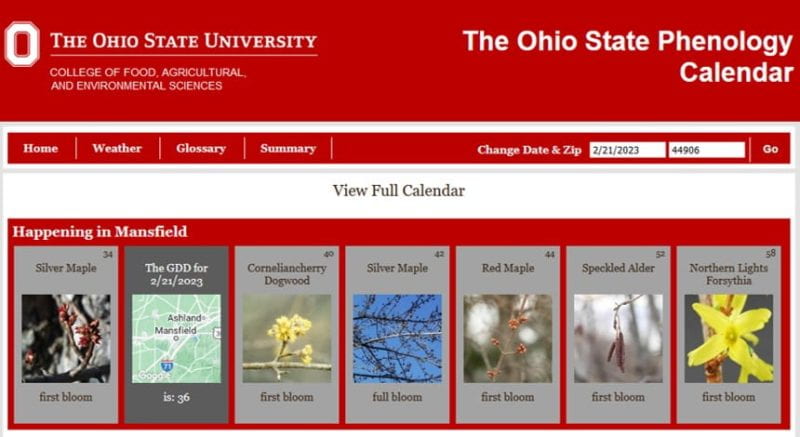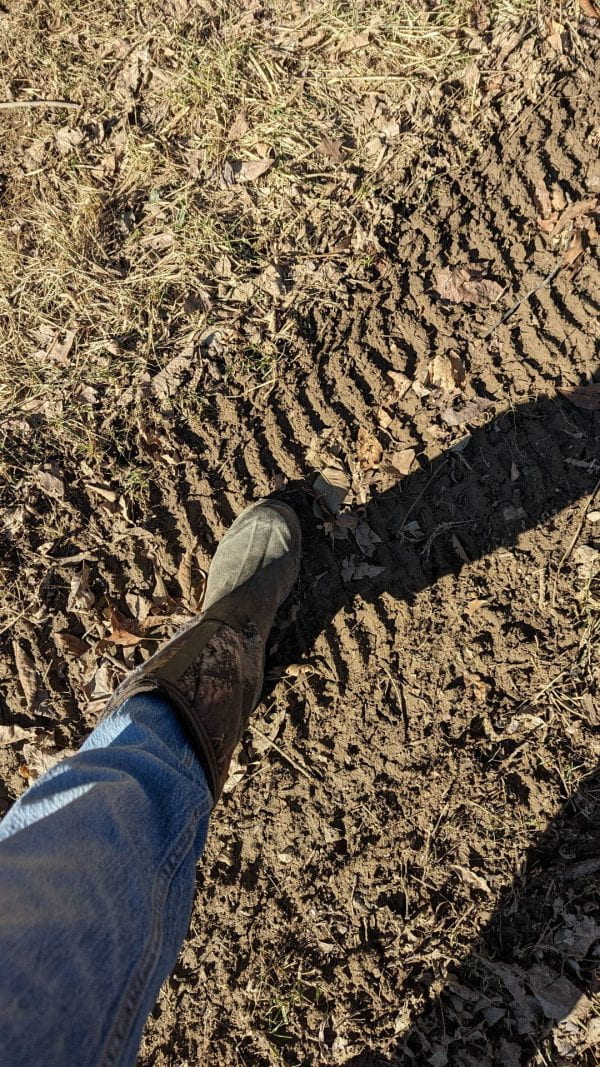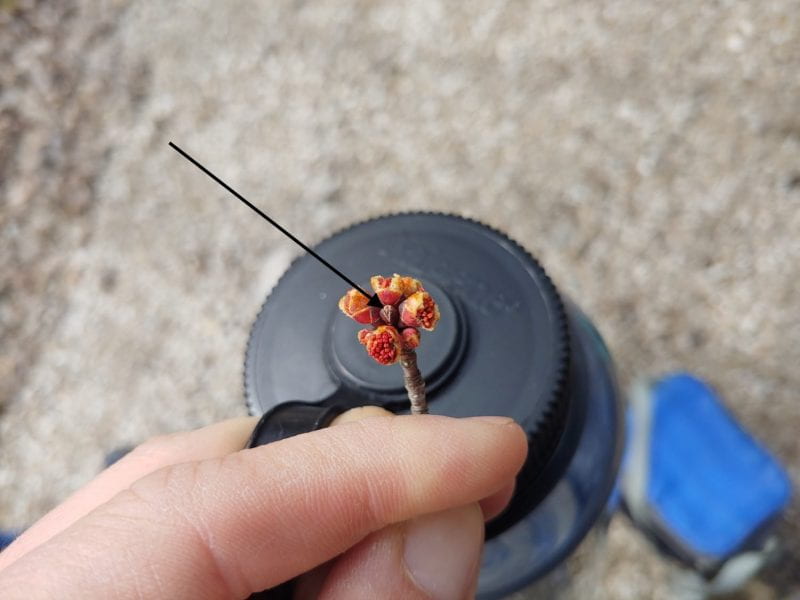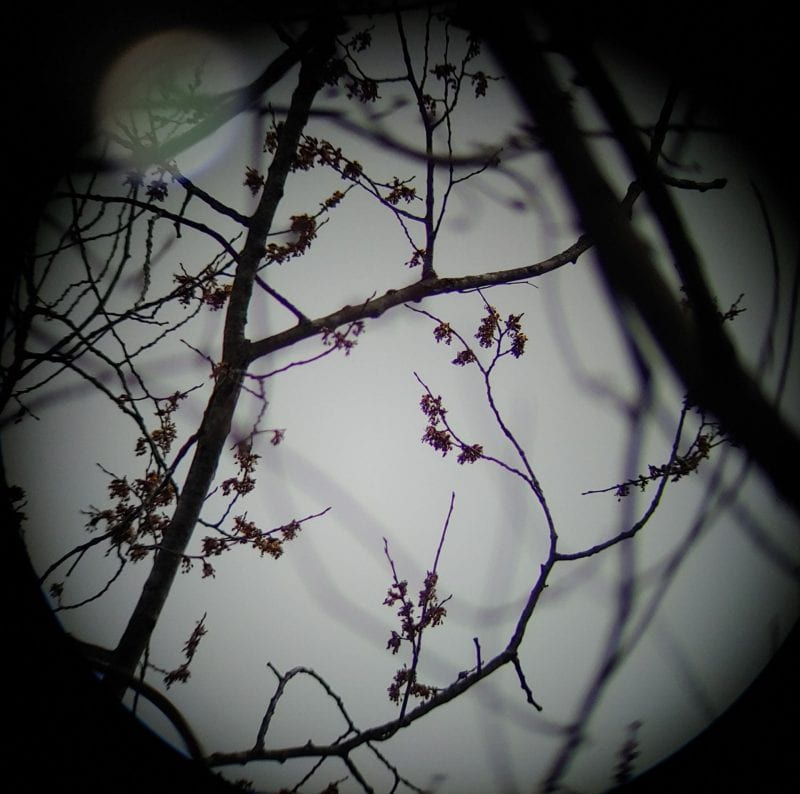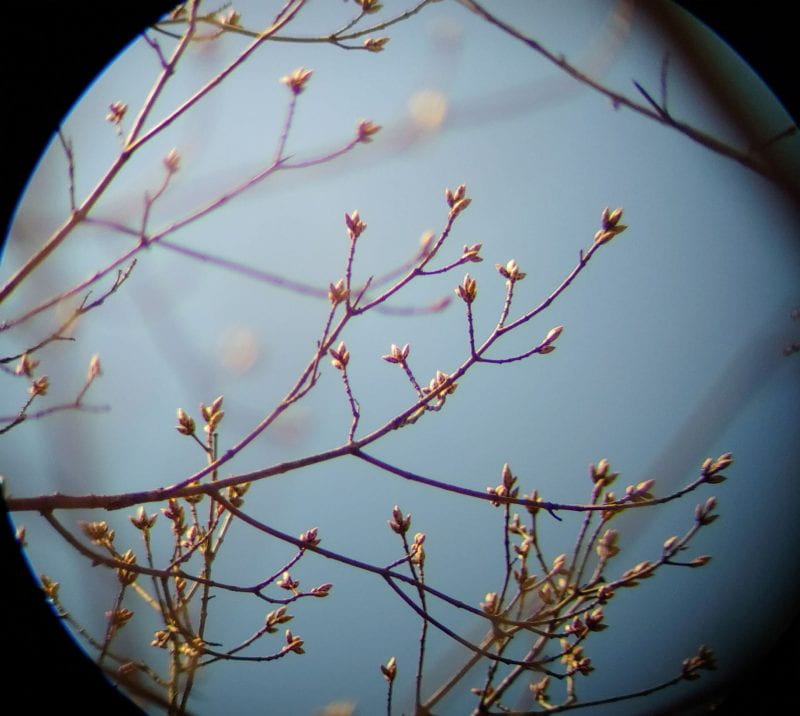Ohio is part of a severe drought that has affected many states east of the Mississippi and is experiencing what many Western states have had to live with for years. This is all part of the seemingly endless series of weather events that stem from changing climate. Of major concern to maple producers is the effect this drought will have on maple syrup production during the 2025 season. Let’s look at the current U.S. Drought Monitor map.
As you can see the extreme and exceptional drought ratings are in southeastern Ohio, and an even larger portion of the state is categorized in the Abnormally Dry to Moderately dry conditions. One saving grace is that the one area currently unaffected is a portion of northeastern Ohio that includes Geauga County and most of its adjacent neighbors. From experience in the 1988 drought, conditions can change very quickly; however, autumn is a bad time for a drought because you tend to go into winter with lower subsoil moisture reserves. How might all of this affect maple production?
Rather than paraphrasing a brief article by Dr. Timothy Perkins written at the time of the 2022 drought, I will simply quote his thoughts on how drought affects sap flow.
Sap flow is more dependent on soil moisture during the spring itself…so snowmelt and rain during the spring are quite important. However, there seems to be a couple of impacts on sap sugar content and tree growth. Think of leaves as the engine of the tree. The fuel is sunlight. But in order for that engine to run at peak levels, everything else needs to be operating correctly. If soil moisture is lacking, stomates in the leaves close, so carbon dioxide cannot enter the leaves and be “fixed” into sugars. So, drought reduces photosynthetic carbon gain (production of sugars), resulting in reduced growth and less storage or sugars in that ring of wood formed during that time. Fortunately, the sugar we collect as maple producers in sap comes from many tree rings (20-30 depending on tree growth rate and taphole depth), but the outermost tree rings tend to be the most productive (more sugar and higher hydraulic conductivity…meaning the younger pipes/vessels work better), so there can be some small reduction in sap sugar content due to drought. This is more apparent when we have several years of drought in a row.
From personal experience, I would be more concerned with this drought if it extends and expands into the winter. Winter snow accumulation has a major impact on recharging the subsoil and sap flow, and subsoil moisture is everything when it comes to sap production.

Photo courtesy of Bret Kaufmann
As Dr. Tim pointed out the greatest impact is from extended drought that lasts more than a few months or even multiple years. What the producer is looking at is an above and below ground response to the drought. During a drought the air temperatures increase, and winds also often increase. This accelerates evapo-transpiration through the leaves, causing the leaves to dry out. At the root level, the fibrous hairs on the roots are lost thereby reducing the amount of water flowing through the roots into the tree and up to the leaves. One of the first things a producer will notice is the leaves drying out and in some cases dropping early. This can also trigger dieback in the canopy, but many things can cause maple dieback. In the first year of drought, this is normal and not a major concern. If the event prolongs however, producers might want to cut back on tapping in multi-year droughts. This could be nothing more than restricting tapping to one tap per tree, or in extreme cases, the producer might want to skip tapping a sugarbush in the spring of a drought’s second year. An additional concern during any drought is heightened fire hazard risk.
In the near term, should producers consider not tapping a sugarbush that has been through some of the state’s most severe drought? This will depend on how long the dry condition lasts and what the soil moisture looks like as we go into spring. A lot can happen between now and the tapping season. Heavy rains could change everything, and everything depends on the next several months’ weather going into next season. One thing to consider is that our maple seasons are coming earlier than the historic norm; another earlier season will cut down on the amount of time the trees will have to recover from this most recent drought – if and when it breaks. At this point, it is likely a wait and see situation.











